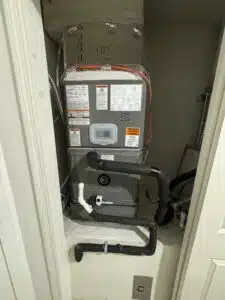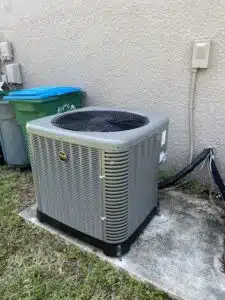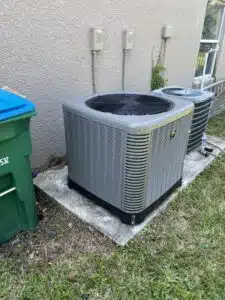- 12581 Metro Pkwy Unit 24, Fort Myers, FL 33966
Trinity Cooling: Expert HVAC Solutions for Homeowners
- Home
- Lack of Maintenance Leads to Ac Replacement in Cape Coral, Fl
THE PROBLEM
At Trinity Cooling Inc., we take pride in our ability to tackle HVAC challenges head-on, restoring comfort and peace of mind to our customers. In one such instance, a distressed homeowner contacted us regarding a dire situation: their air handler unit had caused flooding and extensive damage to their first-floor ceiling. Here’s how we swiftly identified and resolved the issue, ensuring the problem was not only fixed but also prevented from recurring.
THE DIAGNOSIS
Upon arriving at the scene, our expert technicians conducted a thorough inspection of the air handler unit. It quickly became evident that the root cause of the flooding was multifaceted. Firstly, the drain line lacked the necessary pitch, leading to stagnant water accumulation. Secondly, the coil was severely impacted by animal hair, a consequence of neglected filter maintenance. Additionally, the secondary float switches, designed to prevent overflow, were malfunctioning, exacerbating the problem.
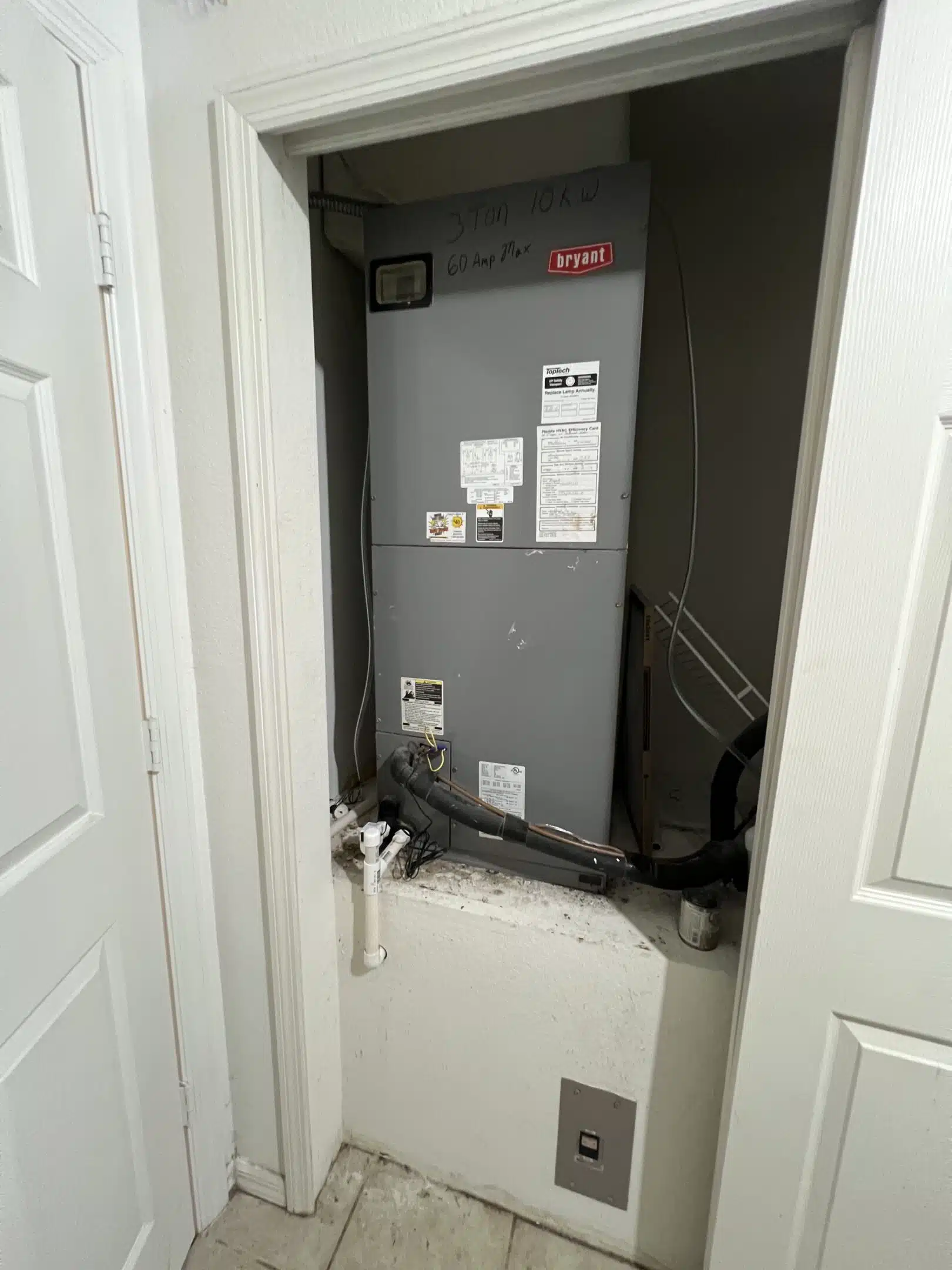
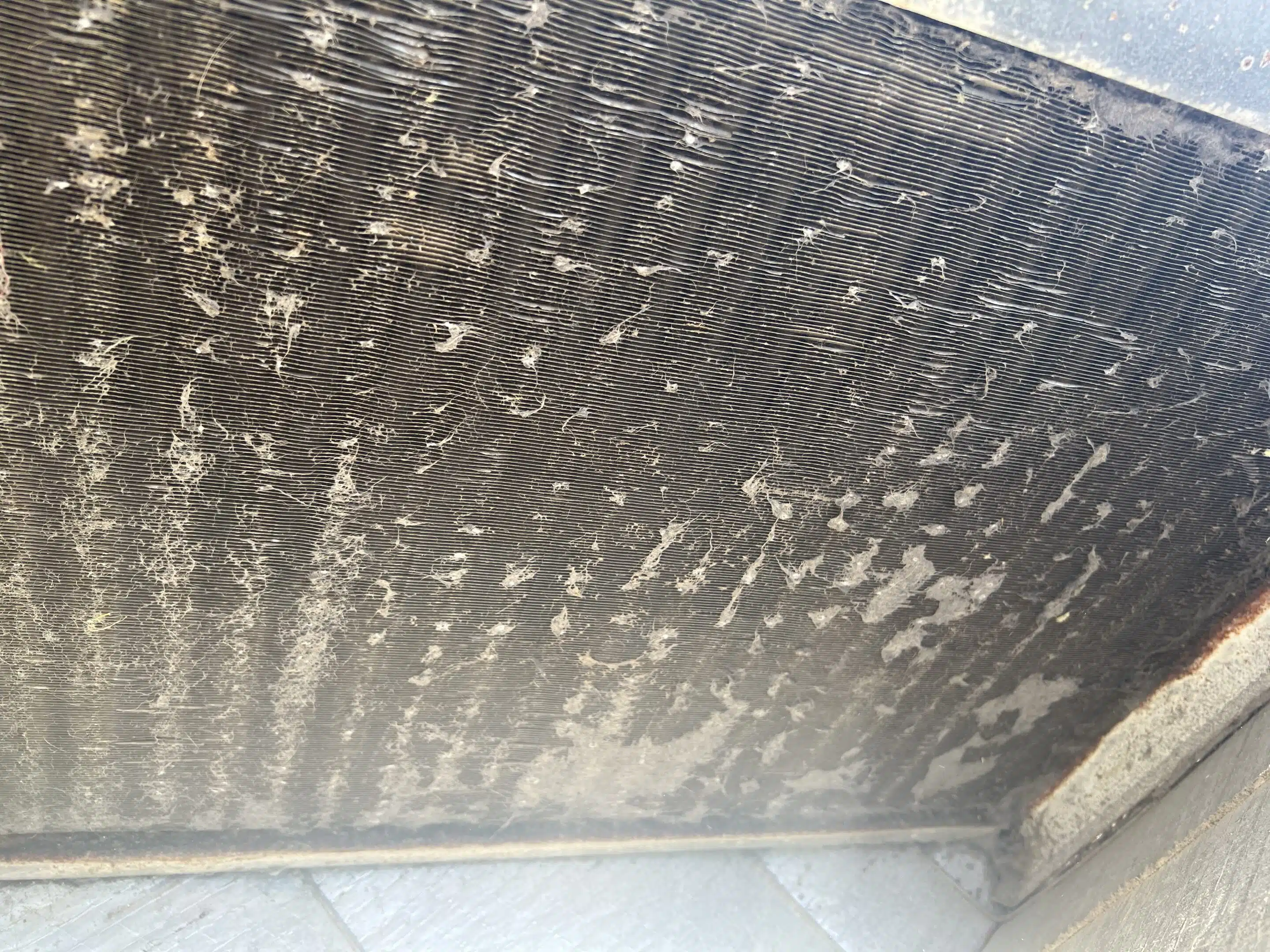
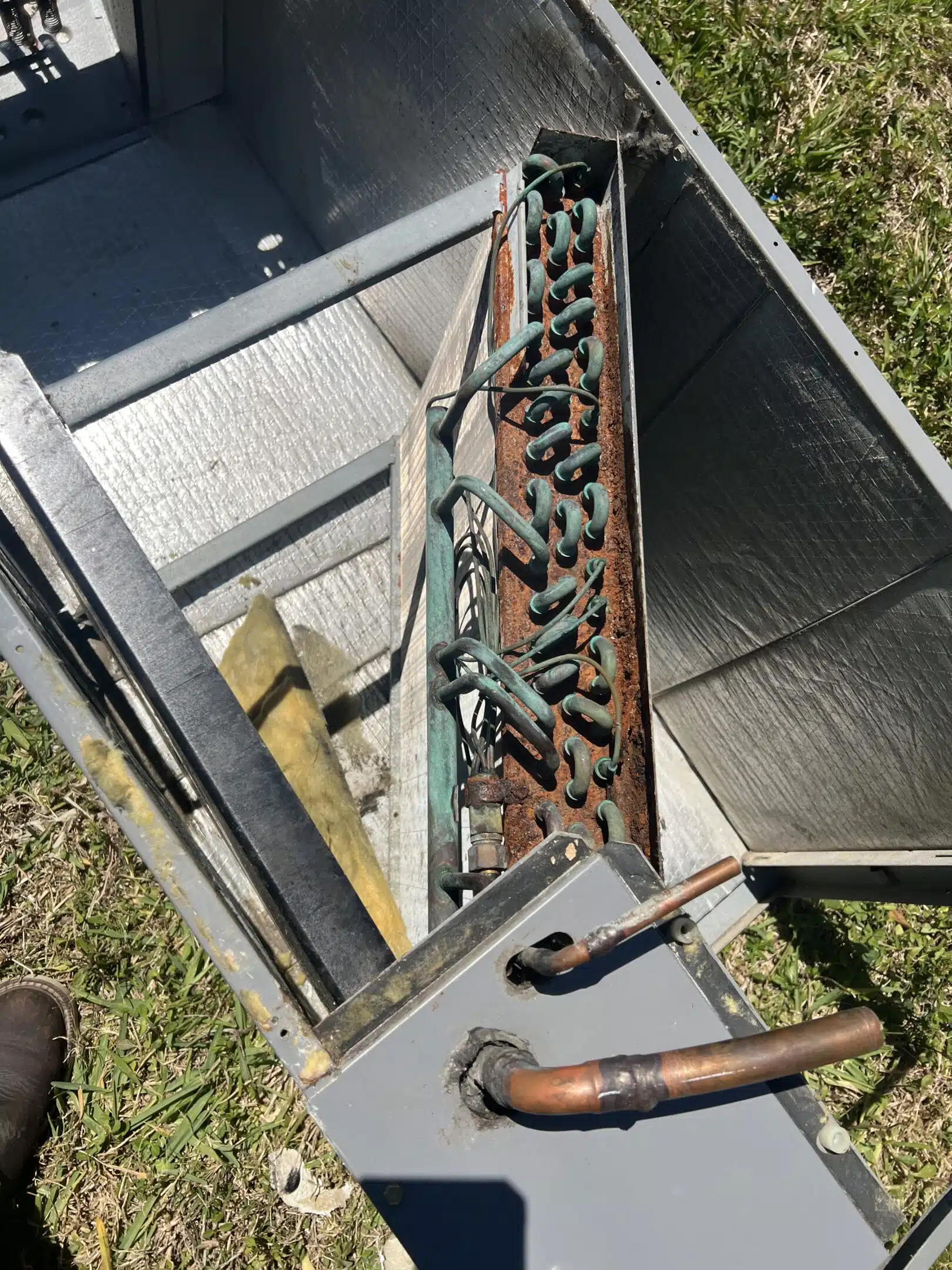
THE SOLUTION
To address the issue comprehensively, we devised a multifaceted solution tailored to the homeowner's needs. First and foremost, we recognized the importance of ensuring proper drainage to prevent future flooding. To achieve this, we removed the entire system and installed a new one, incorporating a 4” media filter cabinet. Elevating the air handler with this cabinet not only improved the pitch of the drain line but also facilitated easier access for maintenance
.Simultaneously, we took proactive measures to enhance filtration efficiency and indoor air quality. By incorporating a 4” media filter cabinet into the new system, we ensured superior filtration capabilities, mitigating the risk of coil blockage and subsequent flooding. This upgrade not only addressed the immediate issue but also provided long-term benefits for the homeowner’s comfort and well-being.
Furthermore, we tackled the root cause of the clogged drain line by meticulously removing the impacted portions and implementing a condensation pump. This proactive measure not only alleviated the existing obstruction but also provided an additional layer of protection against future blockages, ensuring uninterrupted operation of the HVAC system.


